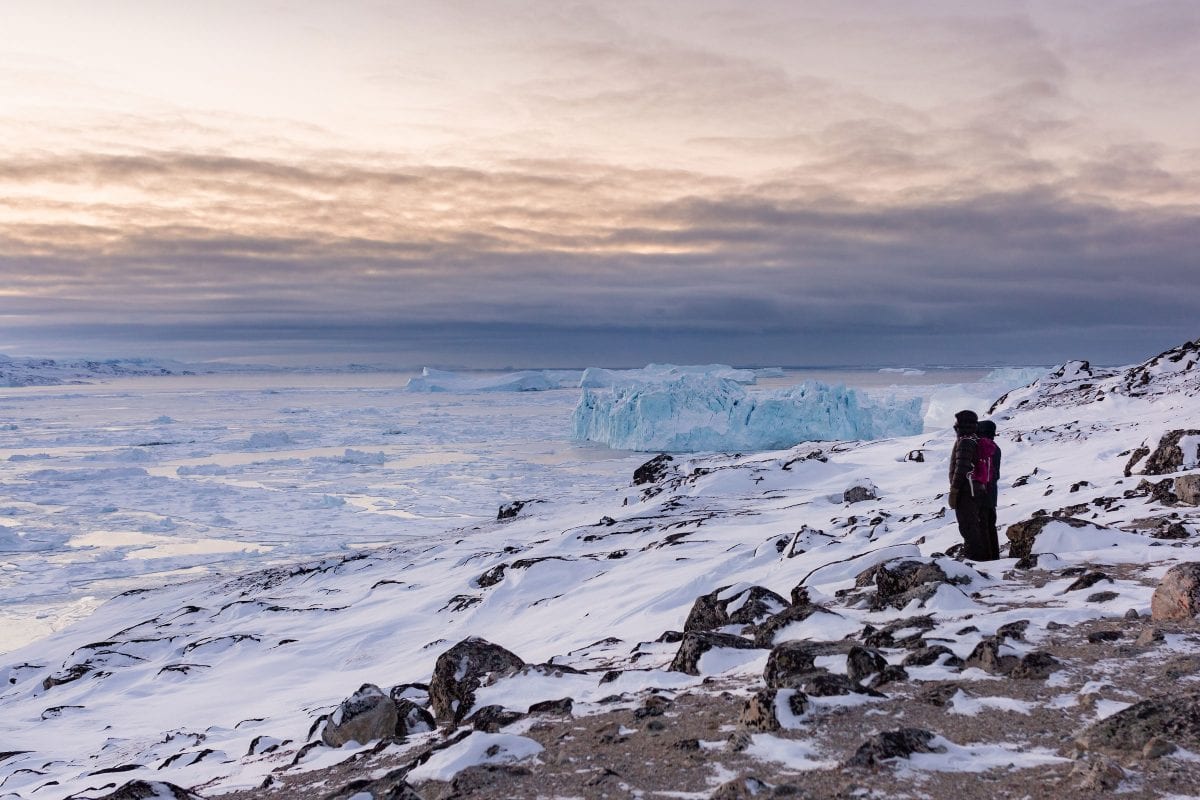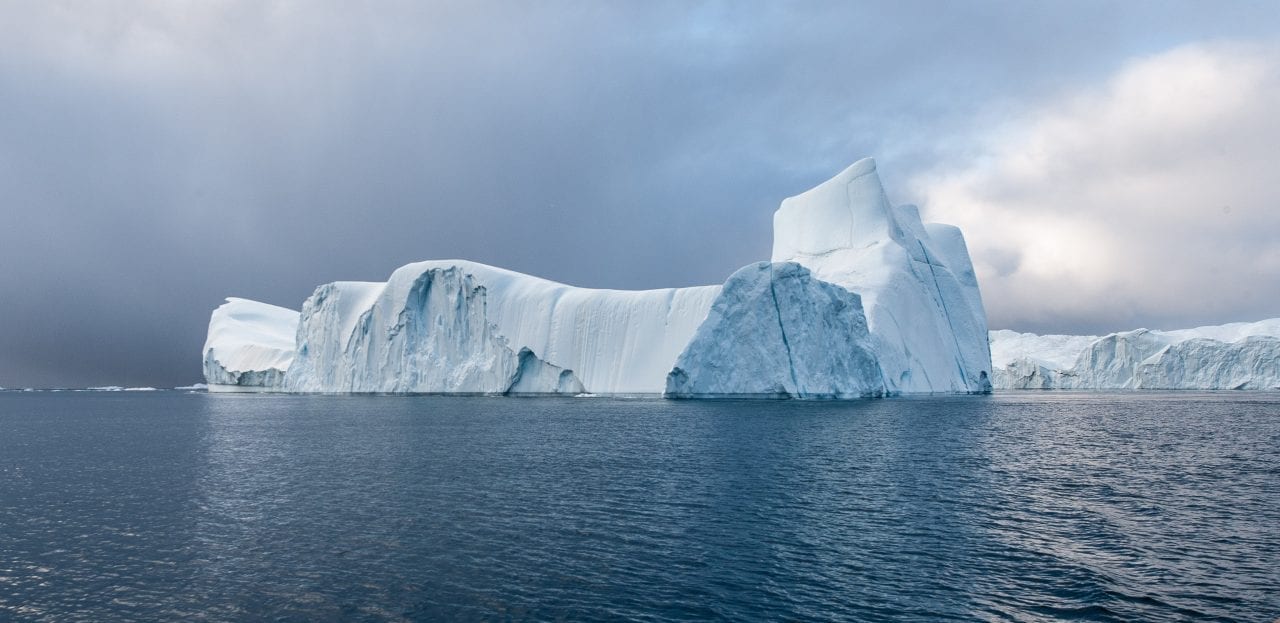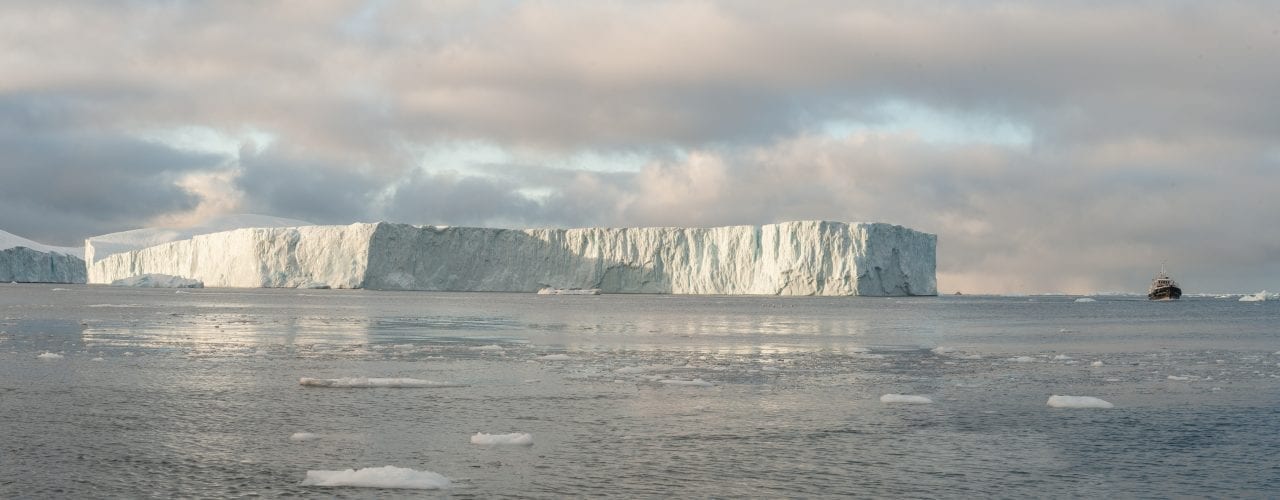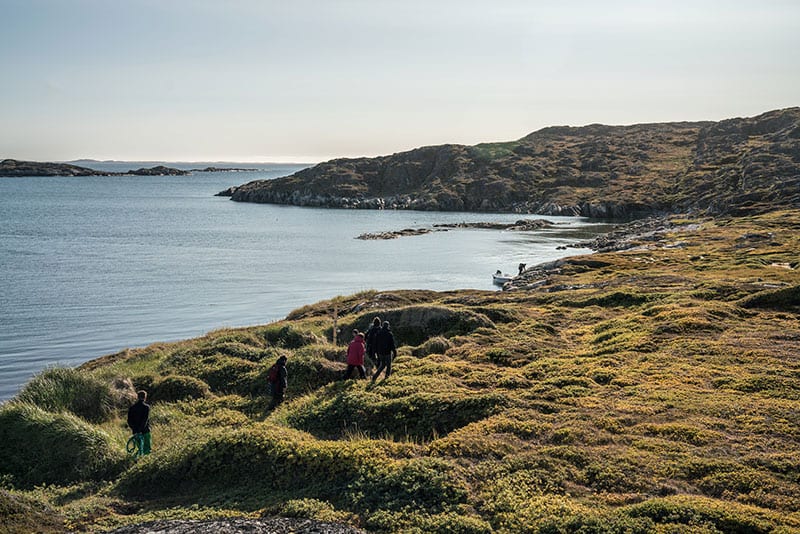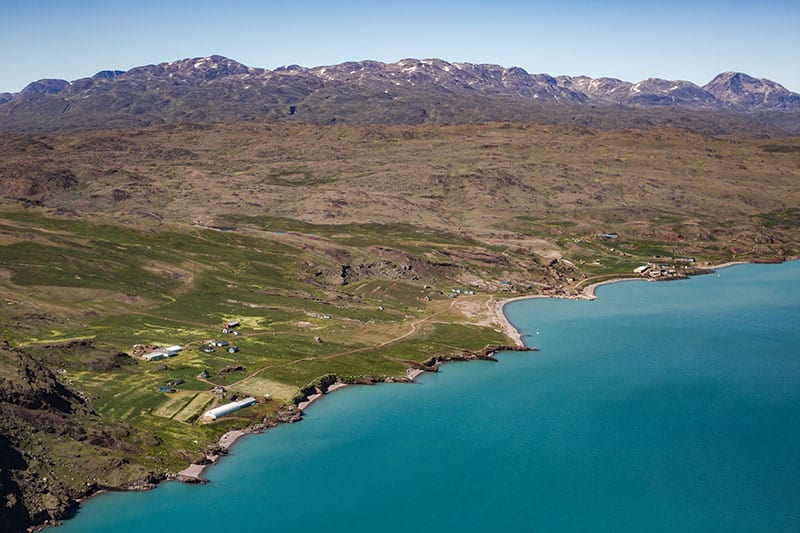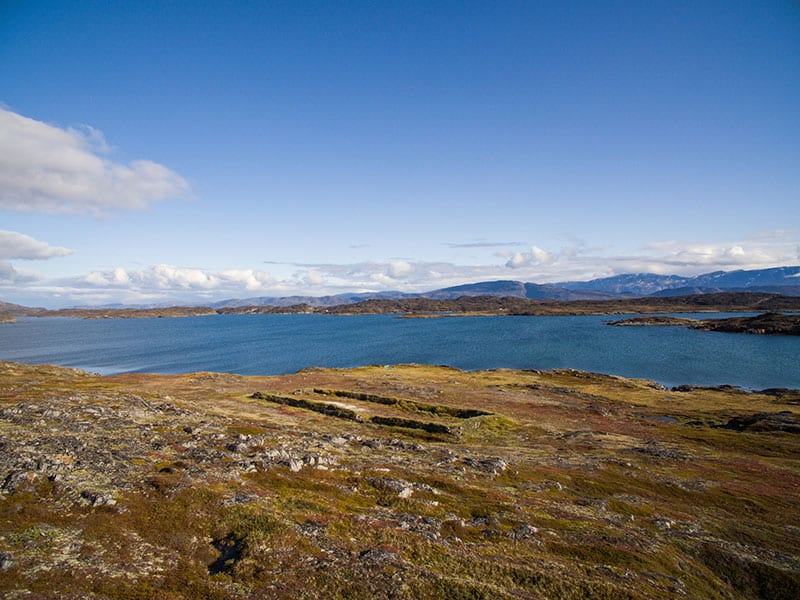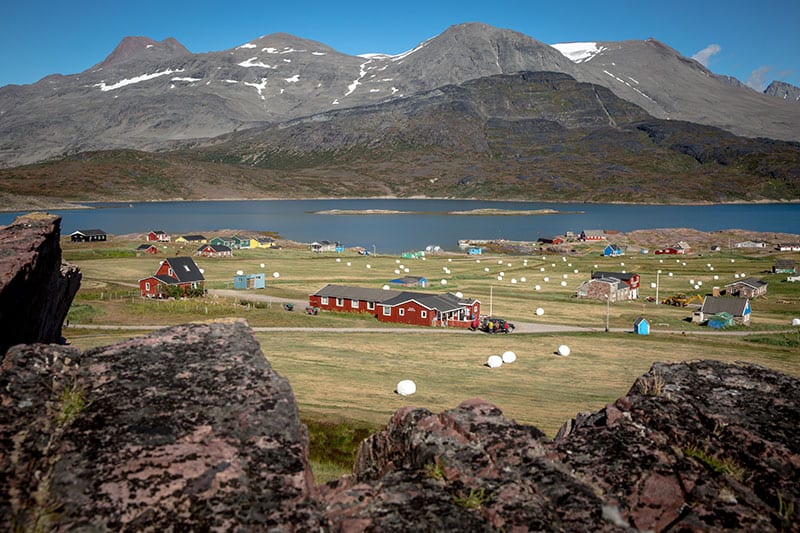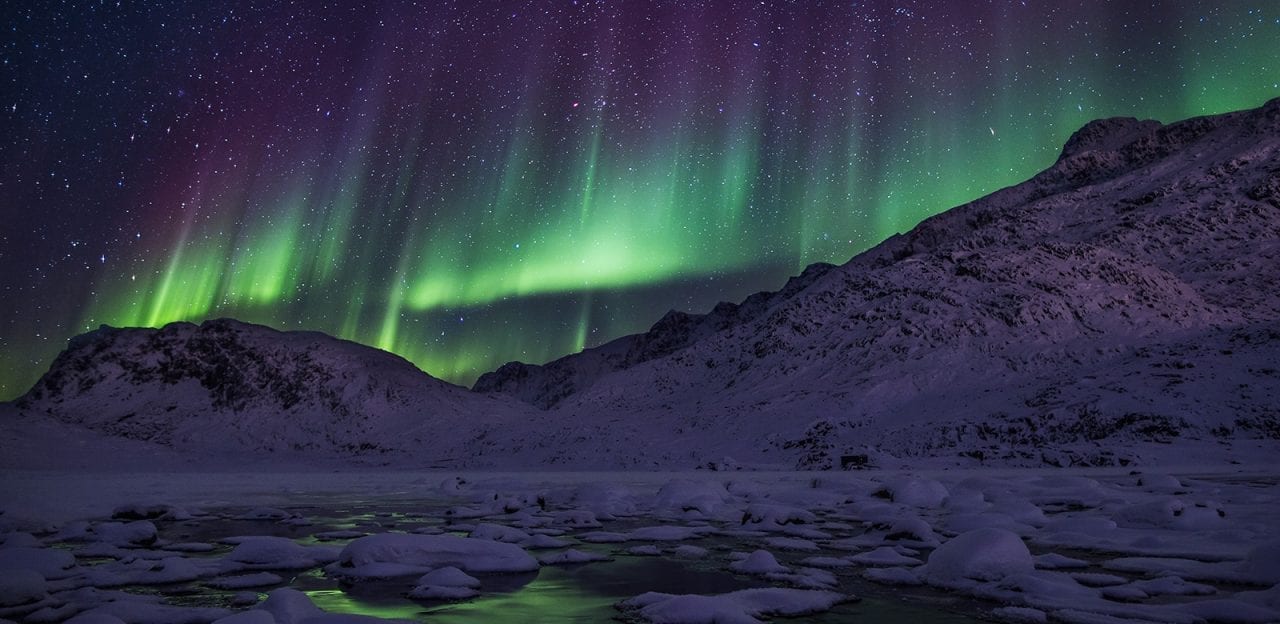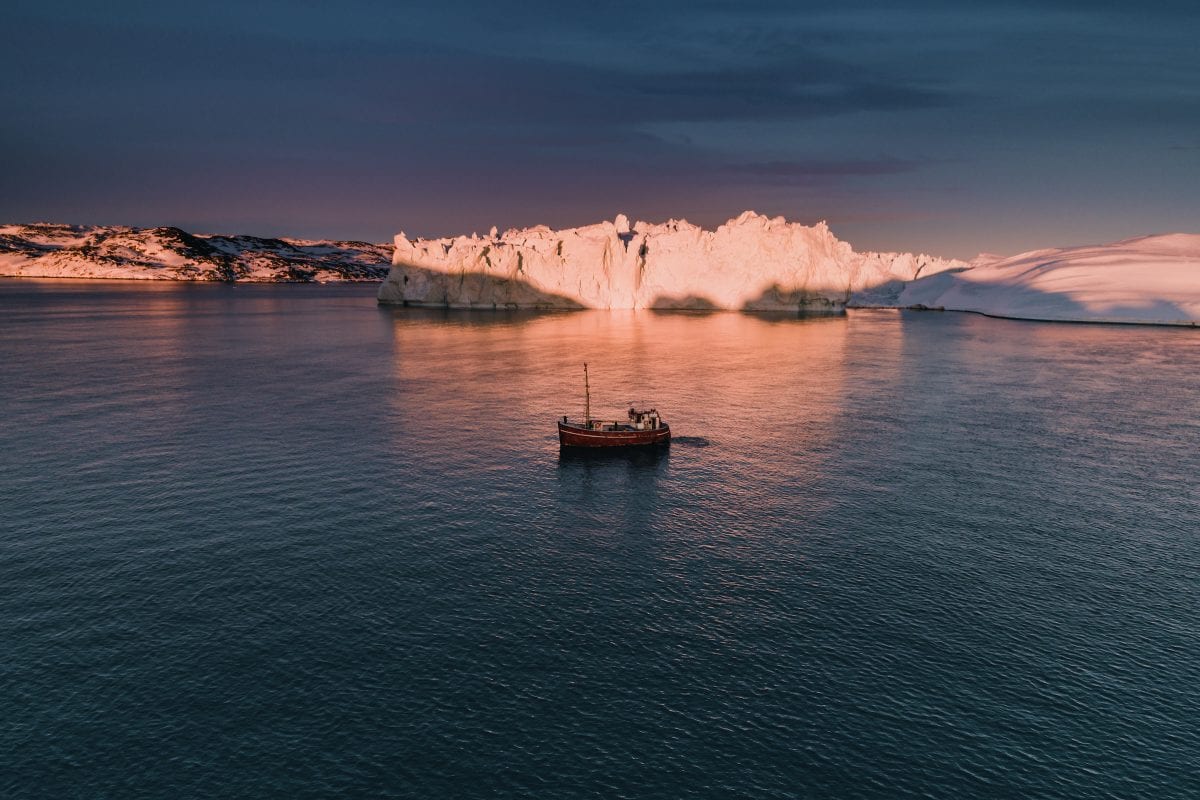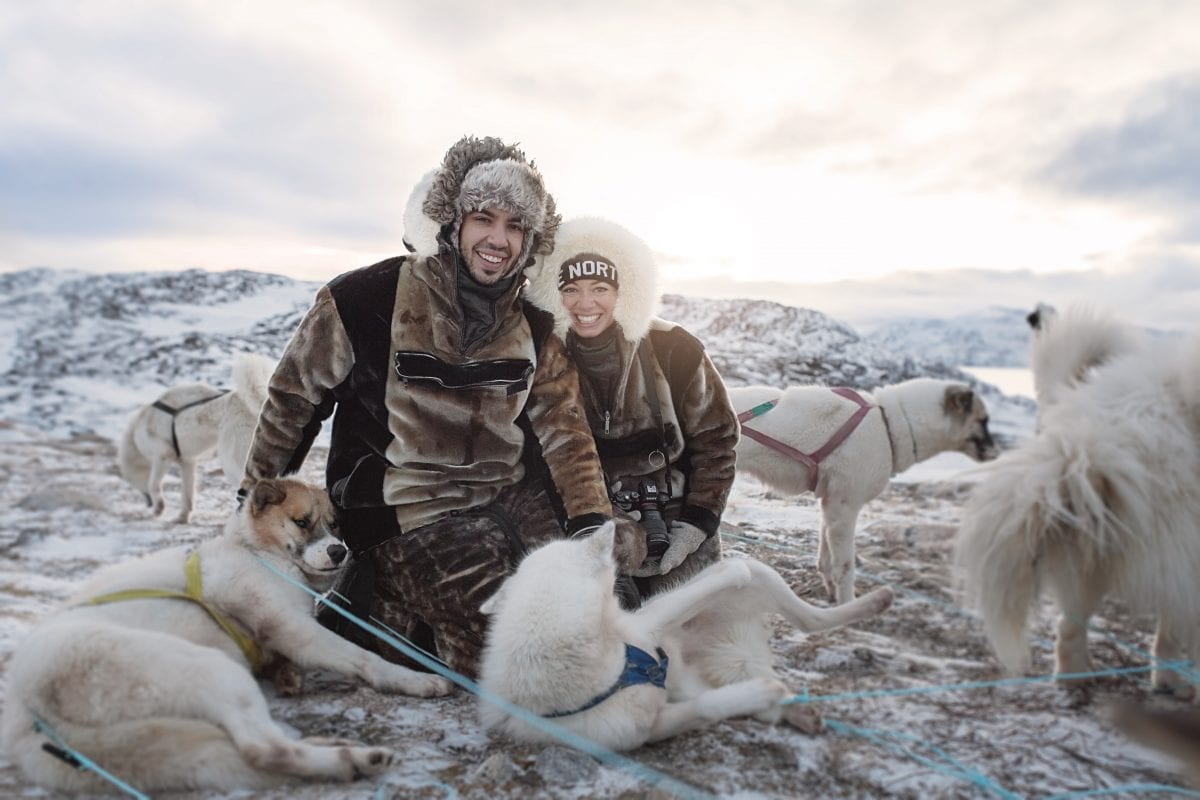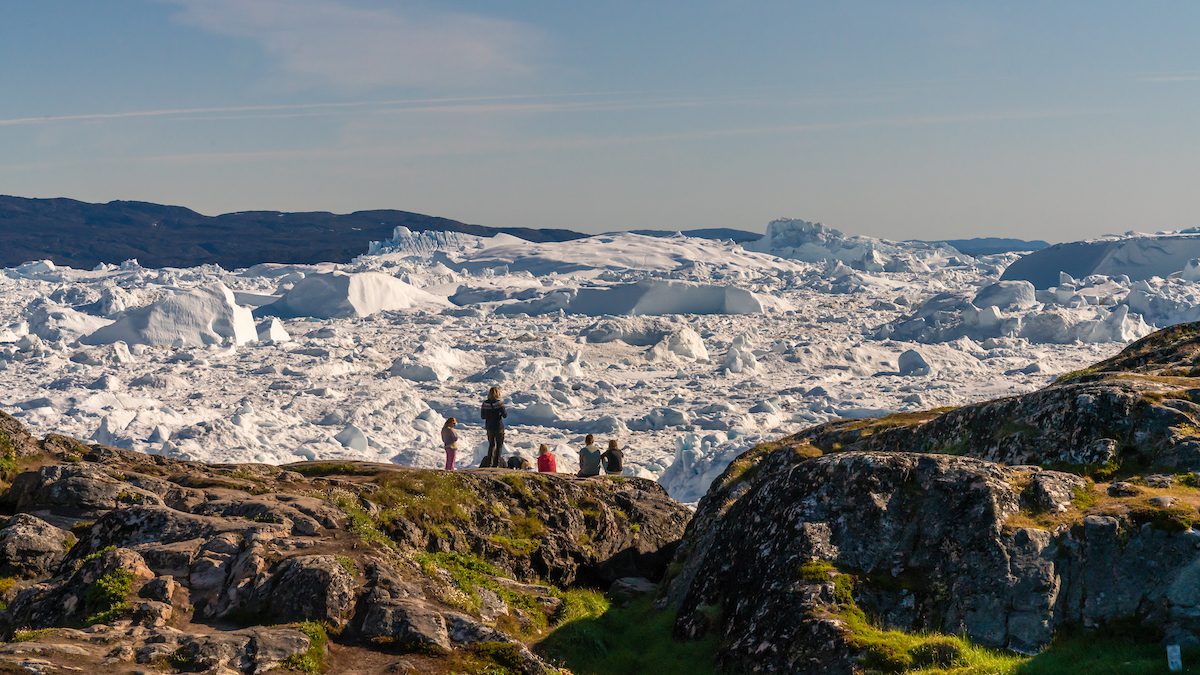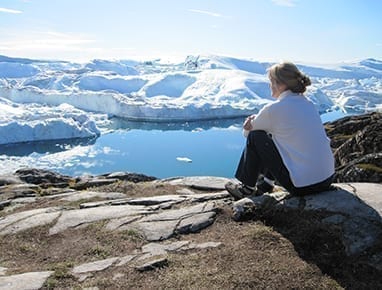On your trip to Greenland, you will have ample opportunity to experience the scenic areas that are listed on the UNESCO World Heritage List. The three selected areas have a unique nature and are steeped in culture and history, both from the Inuit and Norse cultures. Greenland is a world-class travel destination regardless of the season. There will always be exciting experiences to find.
UNESCO, the acronym for the United Nations Educational Scientific and Cultural Organization, is responsible for making a list of areas worthy of protection throughout the world. The areas that will be included in the list must have a special and important nature, culture or historical value (or a mix of the three). The UNESCO World Heritage List represents areas of incredible universal value.
UNESCO World Heritage Sites in Greenland
The 3 areas in Greenland that are on the UNESCO World Heritage List are:
- Ilulissat Icefjord on the west coast of Greenland
- Kujataa Greenland in South Greenland
- Aasivissuit-Nipisat at the Arctic Circle in West Greenland
In the video from Visit Greenland you can see pictures from the 3 sites , and read more about them below the video.
